| Track | Album |
|---|---|
| New Song | Human’s Lib |
| What Is Love? | Human’s Lib |
| Hide And Seek | Human’s Lib |
| Pearl In The Shell | Human’s Lib |
| Like To Get To Know You Well | Dream Into Action CD |
| Things Can Only Get Better | Dream Into Action |
| Life In One Day | Dream Into Action |
| No One Is To Blame | One To One CD |
| Everlasting Love | Cross That Line |
| The Prisoner | Cross That Line |
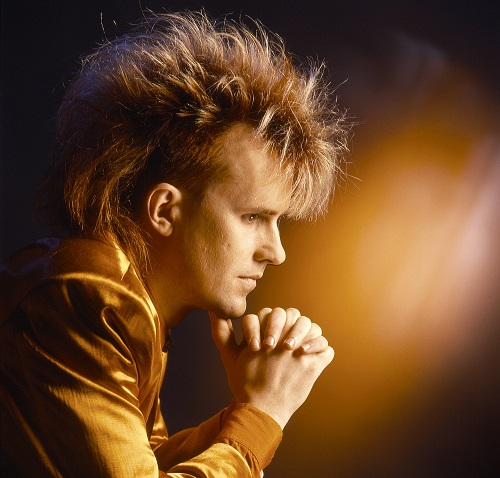
Credit: Simon Fowler/howardjones.com
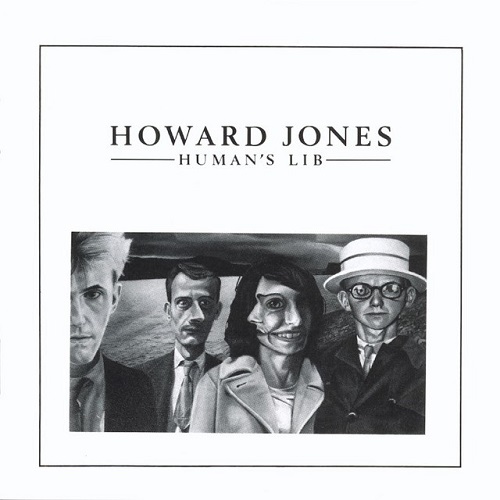
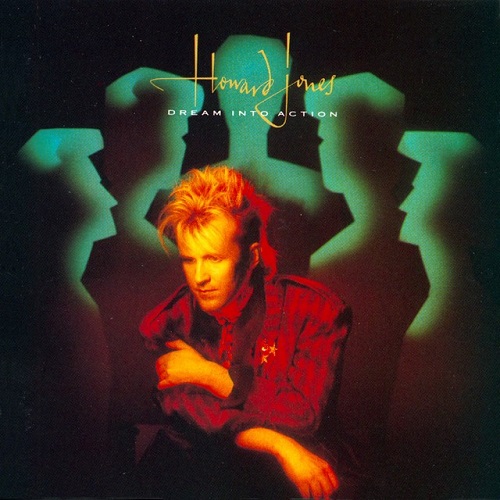
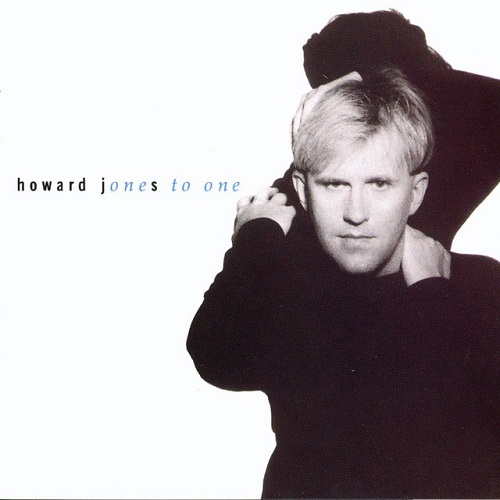
Howard Jones (HoJo to his fans) burst onto the scene in the early 1980s as one of the key figures in the synth-pop explosion, part of that Second British Invasion that flooded the airwaves with electronic sounds and optimistic vibes. Born in Southampton in 1955 but raised in Cardiff, he started piano lessons at seven and drew inspiration from prog rockers like Keith Emerson and soul giants like Stevie Wonder. After ditching music college in Manchester, he honed his craft in local pubs and clubs, often performing with mime artist Jed Hoile to add theatrical flair.
Signing with Warner in 1983, his debut album Human’s Lib shot to No.1 in the UK, going double platinum, and he racked up ten UK top 40 singles between 1983 and 1986, six of them cracking the top ten. In the US, he was huge too, with hits like No One Is To Blame reaching No.4, and he played to packed arenas well into the late ’80s. Jones was known for his positive, uplifting lyrics – a counterpoint to the gloomier new wave stuff – and his live shows were energetic affairs, often just him and his keyboards.
He performed at Live Aid in 1985, rubbing shoulders with the greats, and continued releasing albums through the ’90s and beyond. Even now, at 70, he’s active: his latest project, Piano Composed, dropped in May 2025 in two versions – one on vinyl, one on CD with fancy Steinway tech – featuring lockdown-inspired piano pieces. Howard Jones might not have the sales figures of a Michael Jackson, but his influence on ’80s pop is undeniable and his songs still sound fresh today.
I’m going roughly chronological here, as Howard’s career unfolded – from the raw energy of his debut to the polished pop of his later ’80s work. But I’m not much for rules, so there’s a bit of flex where it feels right.
Starting with New Song, the breakthrough single from 1983. This was Howard’s calling card, a synth-driven anthem about breaking free from conformity with those punchy keyboard hooks and his clear, earnest vocals soaring over the top. It hit the UK top 5 and even cracked the US top 30, setting the tone for his positive philosophy. I’ve always loved the way the melody builds, layer by layer, like he’s constructing a new world right there in the studio. Great song to kick off any playlist.
Speaking of which, What Is Love? is another early classic from Human’s Lib, with its questioning lyrics wrapped in shimmering synths and a catchy chorus that sticks in your head. Released in late 1983, it became a worldwide hit, and it’s easy to see why – the melody lingers, the harmonies are subtle but effective, and Jones’s delivery has this vulnerable edge that makes you ponder the big questions. They often accused him of being too poppy, but tracks like this show his depth; it’s not just fluff, it’s thoughtful pop.
Hide And Seek slows things down a bit, a ballad from the same album that showcases Howard’s piano roots. Performed live at Live Aid, it’s got this introspective vibe, with lyrics about searching for meaning and those ethereal synth pads floating in the background. One of the finer vocal performances in his catalog – his voice cracks just enough to feel real. Magnificent melody, and it highlights how he could shift from upbeat to reflective without missing a beat.
Then there’s Pearl In The Shell, rounding out the strong run from Human’s Lib. This one’s got a funky sax line – unusual for synth-pop – and a driving rhythm that makes it perfect for the dancefloor. Charted well in ’84, and it’s a great example of Jones blending electronic elements with live instrumentation. I love the optimism in the lyrics, like finding treasure in the everyday; it’s pure Howard.
Moving to 1985’s Dream Into Action, Like To Get To Know You Well is a standout, hitting UK No.4 and featuring in films like Better Off Dead. It’s on the CD release of Dream Into Action. The synth bass pulses along, and the chorus is infectious, all about connection and openness. Howard had to explain in interviews that it wasn’t just a pickup line – it was deeper, about genuine relationships. The production is crisp, courtesy of Rupert Hine, and it’s one of those tracks that screams ’80s in the best way.
Things Can Only Get Better (from the same album) is something of a signature tune with its horn section and upbeat message. It topped the US Dance charts and got heavy rotation on MTV. The melody is uplifting, the backing vocals add gospel flair, and Jones’s energy is palpable. Great song for tough times – no wonder it’s still used in TV and movies today.
Life In One Day keeps the momentum, another Dream Into Action gem with quirky lyrics about living in the moment and those layered synths creating a wall of sound. It didn’t chart as high, but it’s a fan favorite, with a video that had Howard in a surreal dreamscape. I’ve always appreciated the piano interlude; it shows his classical training peeking through the pop.
By 1986, No One Is To Blame, a bonus track on the One To One CD, became his biggest US hit, re-recorded with Phil Collins on drums and production. Originally a quieter track, this version amps up the emotion with Jones’s heartfelt vocals and a soaring chorus. It reached No.4 stateside, and the lyrics about regret and responsibility hit home. One of the best ballads of the decade – simple, but profoundly effective.
Jumping to 1989’s Cross That Line, Everlasting Love with synth swells and a romantic vibe that took it to the very top of the US Adult Contemporary chart. It’s got that eternal quality, with harmonies that echo his earlier work, and it kept him relevant as the ’80s wound down. A magnificent song.
Finally, The Prisoner, also from Cross That Line, closes out my list with its darker tone – lyrics about feeling trapped, driven by urgent synths and a rockier edge. It charted in the US, and it’s a reminder that Jones could evolve, adding guitars and intensity without losing his core sound. I love the build-up to the chorus; it’s tense and releasing all at once.
Howard Jones deserves more credit than he sometimes gets – in a sea of ’80s acts, his positivity and musicianship stand out. With over 15 top 40 hits worldwide and a similar number of albums and a career spanning decades, including fresh releases like Piano Composed this year, he’s proof that things can indeed only get better. I often advise young synth-pop hopefuls to study his melodies; there’s a lot to learn there. Check out his official site for tour dates – he’s still out there, keys in hand.
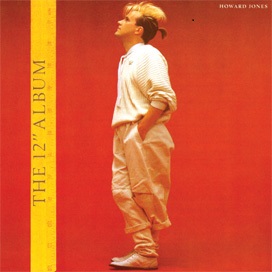
Howard Jones Studio Albums (1984-2025)
Human’s Lib (1984), Dream Into Action (1985), One To One (1986), Cross That Line (1989), In The Running (1992), Working In The Backroom (1994), People (1998), Piano Solos (For Friends And Loved Ones) (2003), Revolution Of The Heart (2005), Piano Solos 2 (For Friends And Loved Ones) (2006), Ordinary Heroes (2009), Engage (2015), Transform (2019), Dialogue (2022), Piano Composed (2025)
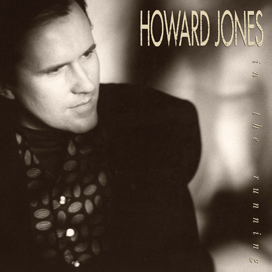
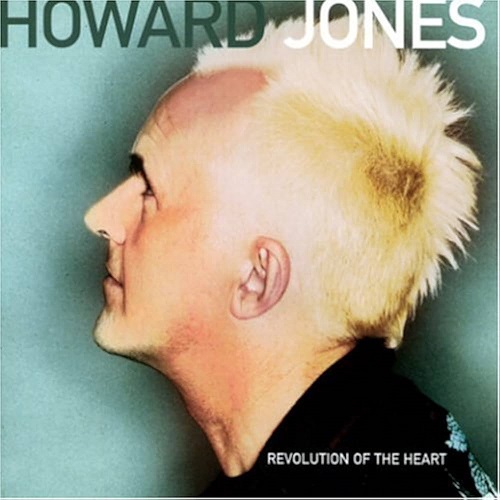
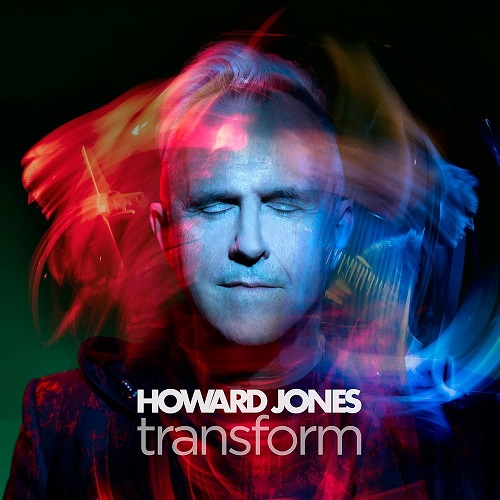
Howard Jones International Fans Facebook Public Group
Songwriting Magazine 2019 interview
David Lewis is Australia’s best jazz mandolinist, unless you can name someone else: then he’s Australia’s second-best. In any case, he’s almost certainly top 100. He is a regular contributor to Toppermost, and also plays guitar, banjo and bass professionally. David is also the co-host of the New Politics Australia podcast, with Eddy Jokovich, and they have produced half a dozen books on Australian Politics based on the podcast.
TopperPost #1,158

 Sam Baker
Sam Baker
Thanks for this excellent piece – his best songs are some of the catchiest/ most memorable of the 1980s.
Thanks Andrew. He can certainly spin a tune.